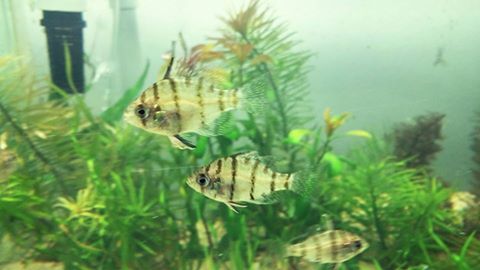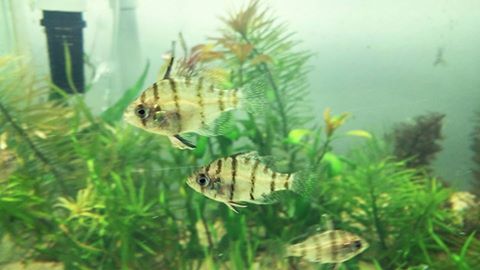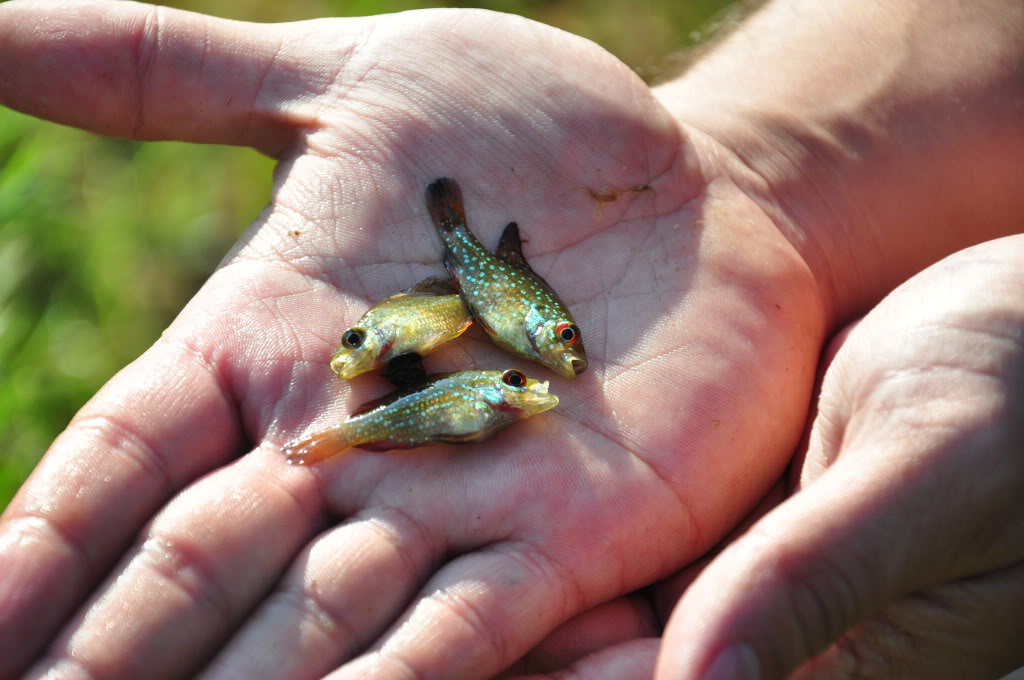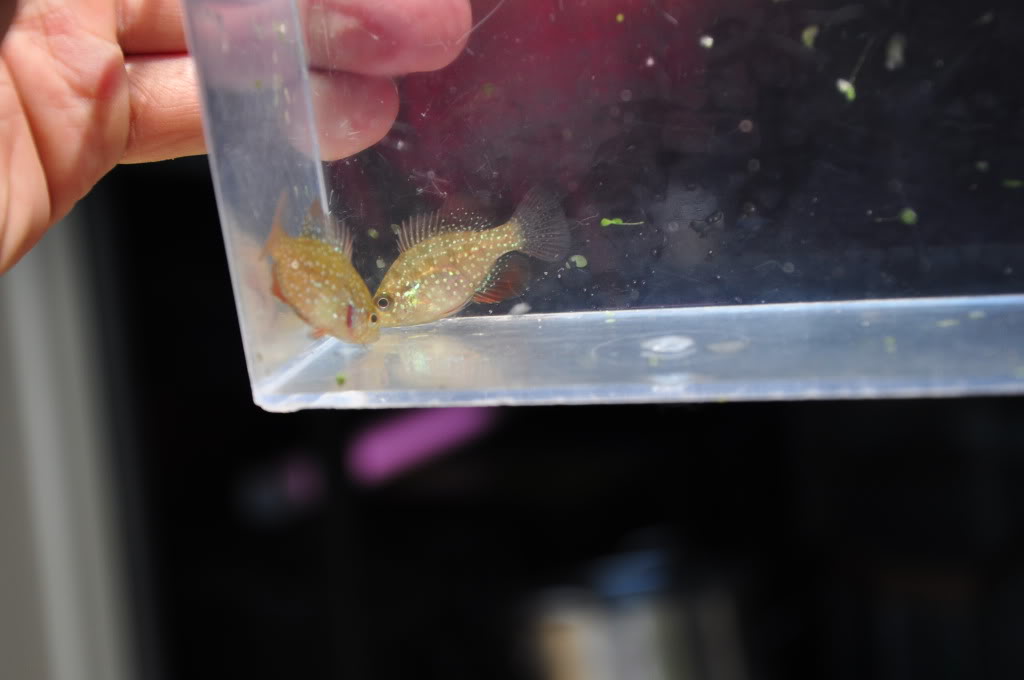jetajockey
come get me tang police!

The blackbanded sunfish is a north american native. It is primarily found in sluggish backwaters and vegetated areas. It hails from blackwater type settings ranging to somewhat clear, but is almost always found in acidic water (again, ranging).
Description: This is a small sunfish, I like to call them dwarfs, as they only get around 2-3" fully grown. They have a compressed body that is white with silver sheen, and distinct vertical barring.
Distribution of the blackbanded sunfish is throughout most of the east coast ranging from NJ down to Florida. However, in the last few decades, their populations have dwindled in many areas including Florida, Maryland, and Pennsylvania. Some of these states have them on a 'species of special concern' status as well. Because of this, it may end up that this species will be very limited and potentially only available through breeders in the aquarium trade.
Diet: In the wild, this fish is primarly an insectivore. It also eats small crustaceans and small fry. Because of this, feeding in aquaria can be a bit complicated. For best results, feed live grindal worms, brine shrimp, blackworms, or similar. Fish appear to take to frozen bloodworms and brine shrimp pretty quickly. Captive bred specimens are much easier to feed, and some may even take to flake food.
Breeding: These are substrate spawners, in which the male creates a bed and then spawns with a willing female. It appears that the male will protect the eggs until shortly after they hatch, and at that point they become a free for all. Newborn fry can take live microworms ,infusoria, or baby brine shrimp after their yolk sac has been absorbed.
Here's a video of our blackbanded sunfish colony.



